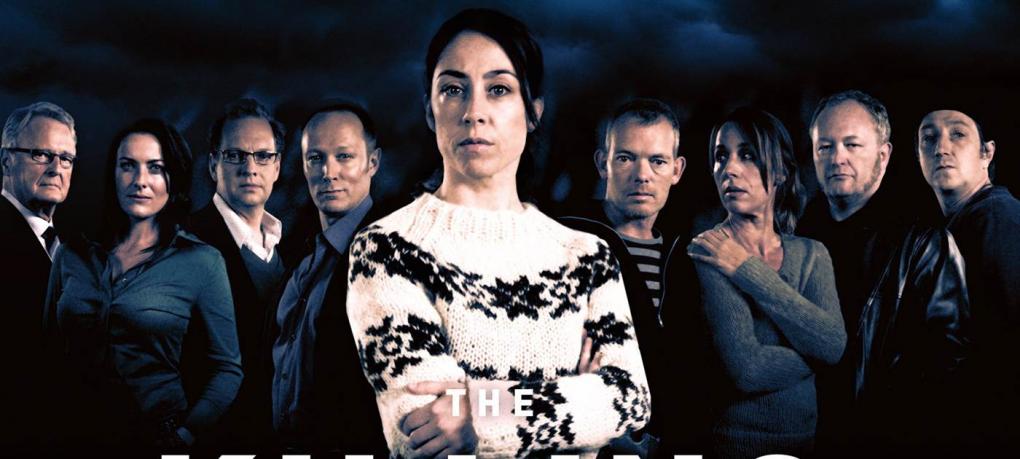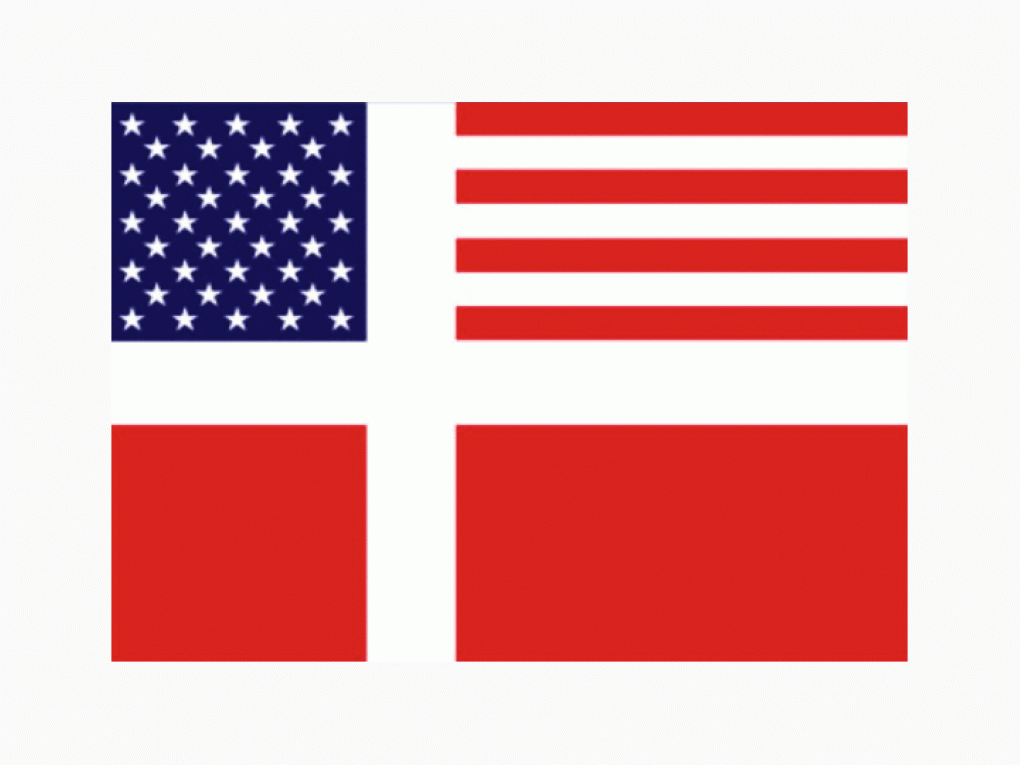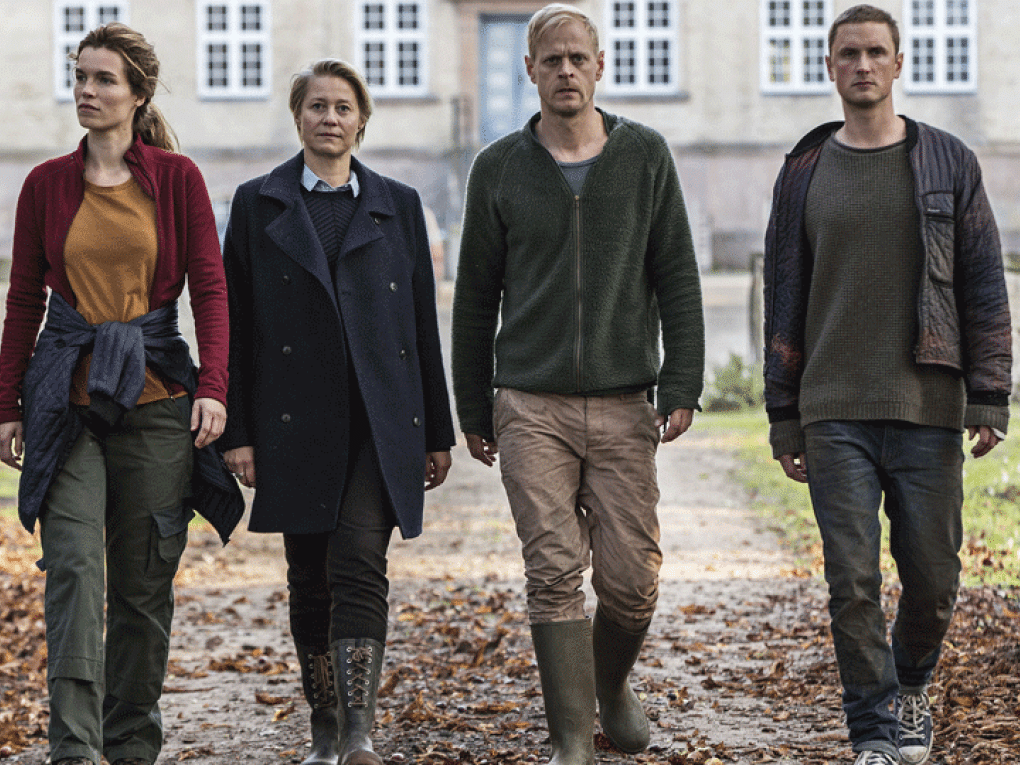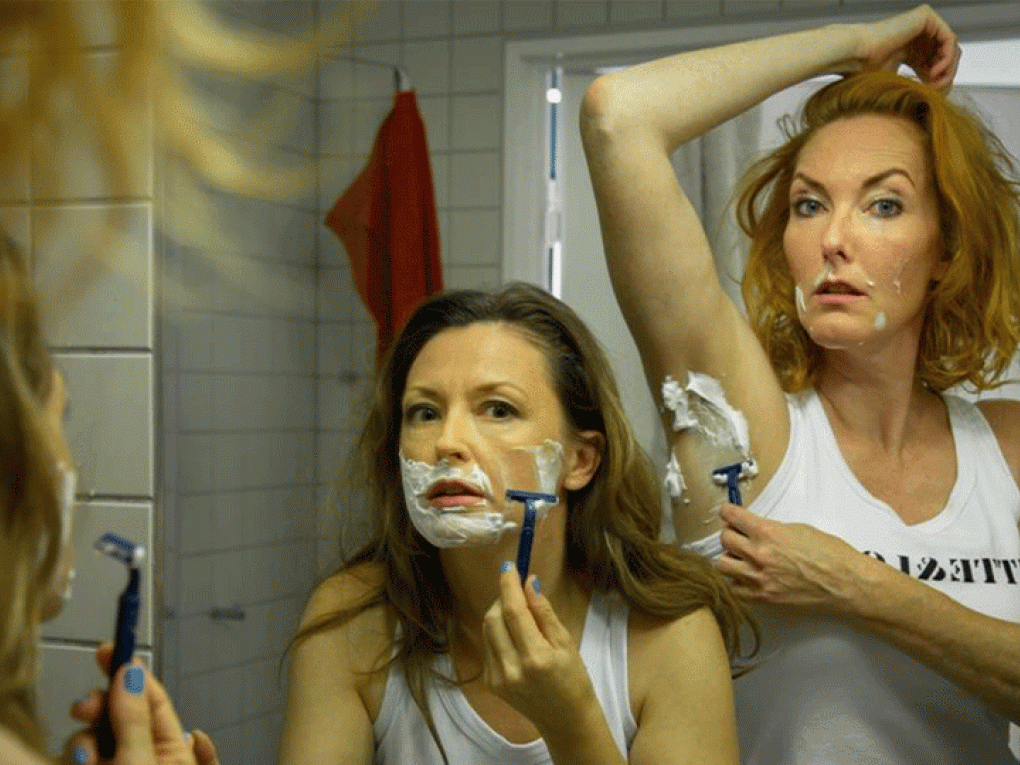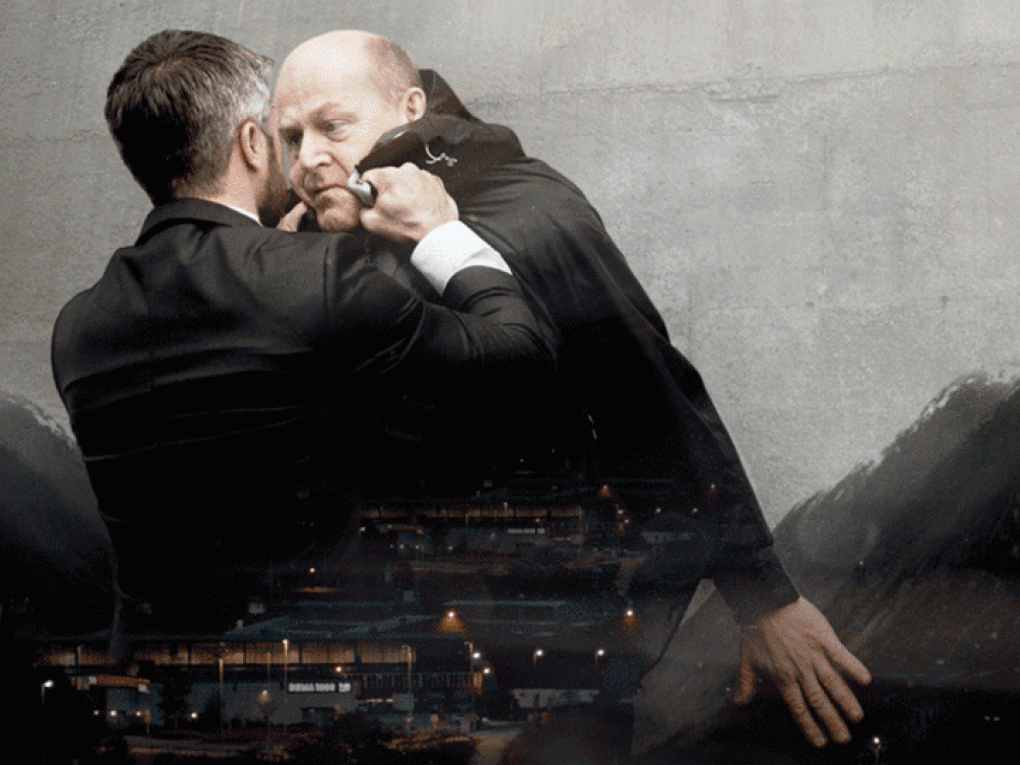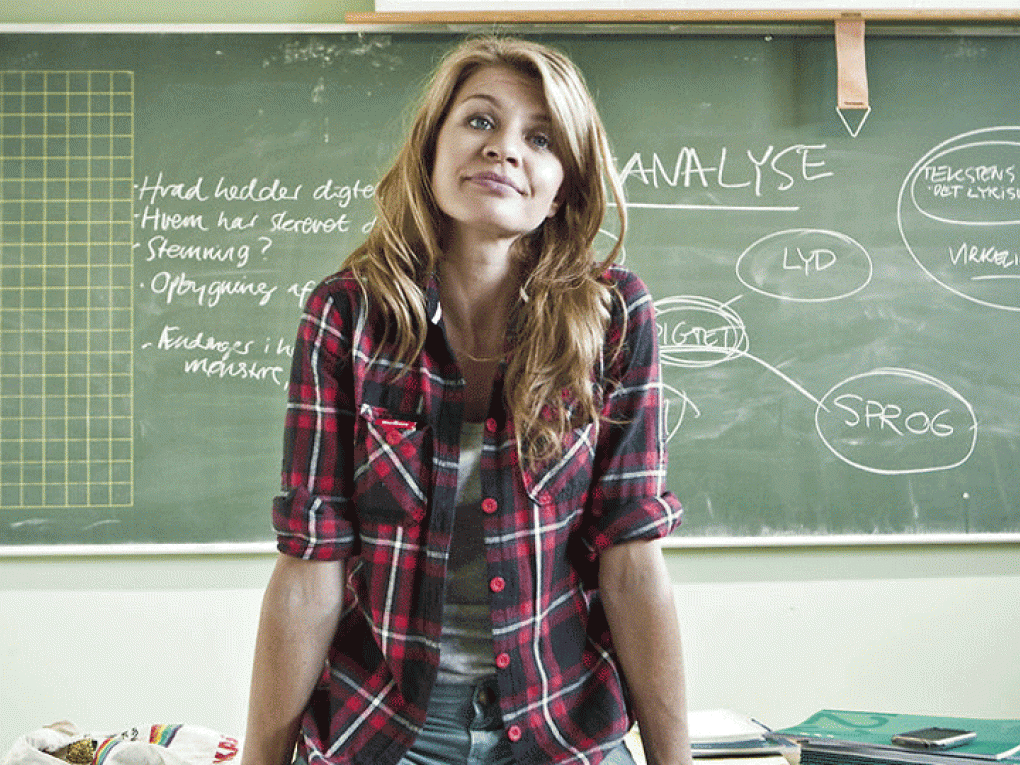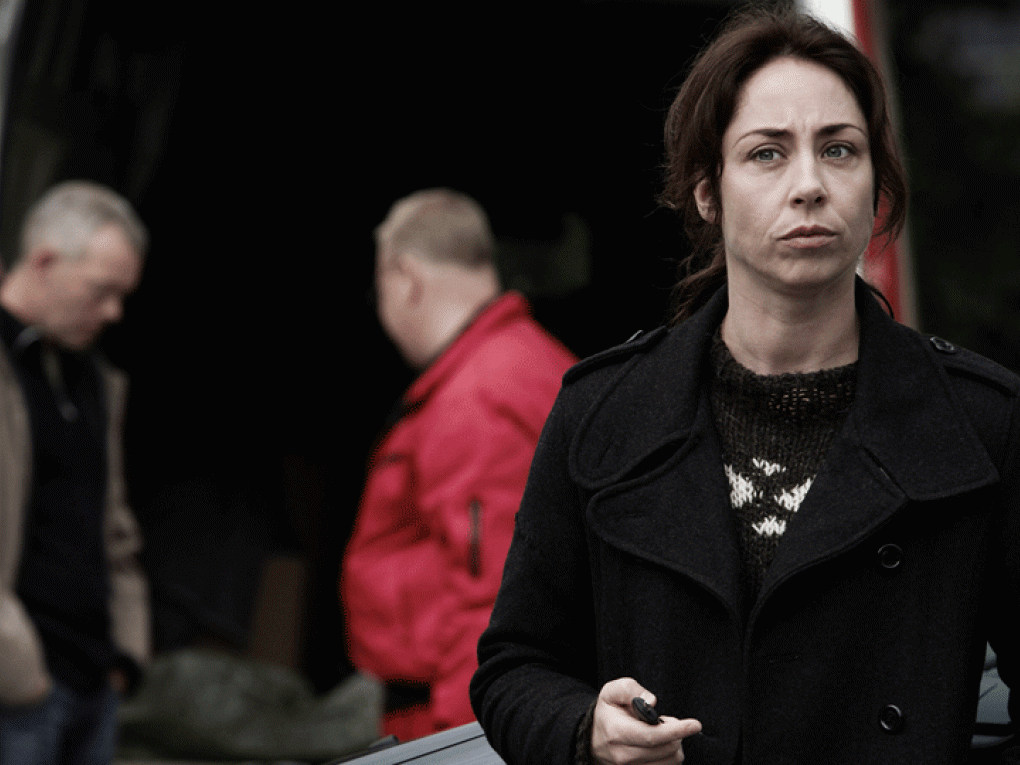Gone are the days when Danish television drama was a purely national affair. In terms of production, texts and audiences, the past ten years have seen remarkable changes in how we think about domestic drama production. No longer do we conceive of a distinction between drama targeted primarily at national audiences and drama that also has international appeal.
The arrival of Netflix and HBO Nordic in the Danish media landscape in 2012 has created a complex mix of traditional public service as well as private broadcasters and new SVOD players. This challenges the established ways that series are normally produced and distributed, while audiences now engage with television fiction in many different ways. Meanwhile, the focus on ’quality television’ and international niche audiences taking an interest in certain kinds of subtitled content from small nations – not least in what is now commonly discussed as a particular brand of ’Nordic Noir’ – has led to new sources of inspiration and the possibility to reach global audiences. Developments such as these naturally influence how to think of Danish television drama in a rapidly changing television landscape.
From an academic point of view, there are many interesting developments to explore; some as remarkable game-changers, others as interesting variations or continuations of previous conditions. This special issue of Kosmorama addresses some of these developments and analyses recent Danish television series from a wide range of different analytical approaches. The ambition is to nuance the current discussions of production, texts and audiences and to inspire further studies of Danish television drama from national as well as international perspectives.
In terms of Danish television drama production, the production framework of the Danish Broadcasting Corporation DR has created an impressive streak of popular drama series for DR1 that have also attracted a remarkable degree of international attention. This particular production framework has previously been studied focusing on the writing and producing of the series (e.g. Redvall 2013) and on the way in which the Danish public service series can be regarded as presenting a special take on Danish welfare society and gender roles (e.g. Agger 2011). Recently, the Danish producer Camilla Hammerich offered a detailed English-language account of the making of the political drama Borgen (2010-2013) (Hammerich 2015), and several industry events have featured presentations on the DR mode of production as an example of best practice for small-nation production cultures when for instance discussing Nordic screenwriting strategies at the TV Drama Vision seminars of the Göteborg Film Festival earlier this year.
However, DR is currently facing more competition than ever before with TV 2 successfully moving into high-end drama – finding critical acclaim with Norskov (2015) and achieving impressive audience figures with Badehotellet (2013–, ‘The Seaside Hotel’) – while international players such as Netflix have moved into co-producing Danish series with their involvement in the third season of the popular dramedy Rita (2012–). In April 2016, HBO hired a commissioning editor for original HBO programming with a Nordic profile, pointing to how the US cable channel is planning not only to distribute but also produce series in Denmark. Meanwhile, DR is moving into working with new partners with the new drama series on faith and religion by Adam Price, Herrens Veje (working title: Rides Upon the Storm), being co-developed and produced together with the production company Sam Productions, partly owned by the French Studiocanal.
The monopoly/duopoly days of public service broadcasting feel ever more remote in this age of media convergence and abundance, when everyone currently seems to be struggling to find sustainable business models and fruitful creative strategies for developing new quality series for national as well as international audiences. While the national audiences are still the main target group for most broadcasters, the potential international life of series seems ever more alluring. As a wide variety of recent research shows, there are many important issues to explore in connection with how series come to the attention of foreign audiences and how they are perceived through foreign eyes (e.g. Jensen and Waade 2013; Ward 2013; Bondebjerg and Redvall 2015; Creeber 2015; Jensen, Nielsen and Waade 2016). Another important task is to keep track of the many adaptations and remakes that are emerging in Scandinavia and beyond (Gemzøe 2013).
The Danish television landscape has changed quite a bit since the making of DR’s popular crime series Forbrydelsen (2007–2012, The Killing), even though it does not feel as though it was so very long ago that Sarah Lund and her jumper became television stars. Online viewing is challenging traditional flow TV, and particularly younger viewers are increasingly watching content on other screens. Accordingly, several public service broadcasters are now trying to create alternatives to expensive high-end drama series, and are starting to experiment with new kinds of cheaper content and webisodes. While for many years DR dedicated most of its Fiction time and money to the Sunday night serials, DR is now also producing more quirky series for other time slots such as Bankerot (2014–2015, Broke or new comedy formats such as Ditte & Louise (2015–). Two of the interesting questions related to many of these structural changes in the television landscape are how storytelling strategies might be affected, and how the look of series changes when content is created for short formats and for what television scholar Glen Creeber has called online dramas for ’intimate screens’ (Creeber 2011).
Historically, DR has indisputably been the major player in Danish television drama for many years. Several of the articles in this issue deal with DR series when analysing possible reasons behind the success of well-known series as well as some of the latest examples of popular DR ’texts’ within drama as well as comedy. Jakob Isak Nielsen investigates two seemingly contradictory explanations as to what turned the DR series into an international success story – namely ‘national specificity’ and ‘Americanization’ – drawing on interviews with and statements from key personnel within the Danish television production community. The article critically discusses whether the recent production history of DR is best understood as ‘a Danish way of doing it the American way’ or whether there might also be other important explanations for the emergence of what is now perceived as a best-practice production framework.
Anne Marit Waade and Jakob Ion Wille focus on the use of production design and location in the inheritance drama Arvingerne (2014-, The Legacy). Television fiction is most often thought of as the writers’ medium, but this article argues how conceptual screen ideas can be developed as part of a collective creative process including production design. The study is based on in-house design documents and interviews with production designer of The Legacy Mia Steensgaard and points to the importance of location in television drama. The authors argue that production design has been overlooked in studies of television fiction despite its fundamental role in production in general and in establishing the production values and the visual style of a series in particular.
Iben Albinus Sabroe approaches the comedy series Ditte & Louise as a Danish example of ’comedy verité’ when discussing how to understand the performance of the self in television fiction where famous comedians draw on their real names and versions of their public personae in a scripted comedy format. The article points to how comedy is now back in the DR television fiction portfolio after many years of leaving comedy formats to the competing broadcaster TV 2 (with series such as Clown, 2005–2009).
Moving away from DR drama series, Norwegian scholar Audun Engelstad widens the horizon by offering an analysis of what he regards as ’trigger plots’ in new high-end television drama from the Scandinavian countries. He discusses recent developments in Danish television drama when using the Norwegian series Frikjennt (2015, Aquitted) and Okkupert (2015, Occupied) as examples of how to think of sensation in serial form and ’sensational enigmas’.
While several articles thus focus on different aspects of production and text and the relationship between the two, two other articles zoom in on the national and international audiences for the Danish series. The articles study how Danish viewers perceive the quality and content of domestic output and the way in which the series circulate and meet foreign eyes. In a Danish-language article, Signe Sophus Lai and Cecilie Astrupgaard present the findings of a major audience survey on television drama, analysing the favourite series of Danish viewers and the different explanations for the attractive elements in various genres and titles. The authors argue that there are significant variations between reasons for favouring one drama series over the other, and they establish how these differences also relate to the institutional context of the series. The article also explores how the most-watched series are not always the audience favourites.
Pia Majbritt Jensen explores the export patterns and global impact of Danish series, addressing how recent productions have been exported more or less globally, whilst older series were mainly exported regionally. The article maps export patterns over the last 15 years in order to discuss what can be regarded as the global impact of the series. Jensen argues that in order to fully understand recent global export patterns of the Danish series; one must look beyond dominant theories of transnational flows of television content and include other explanations in an increasingly interconnected and transnationalised media market.
As a whole, the articles offer a wide range of different theoretical and methodological perspectives on Danish television drama. Several of the articles build on research conducted as part of two major research projects that also point to the remarkable interest at the moment in studying television drama and the dynamics between national and international developments in a European and global context.
An important part of the joint-European research project Mediating Cultural Encounters on European Screens (MeCETES.co.uk) is the way in which European television drama is produced and distributed, taking a particular interest in the cultural encounters that can be said to be happening behind the scenes, on screen and during the reception of series in different European countries. The Danish research project What makes Danish television drama travel? (danishtvdrama.au.dk) engages with the many different reasons why certain series travel while others do not, studying production and textual features, financing and distribution patterns as well as audience perceptions.
Both research projects will deliver much more television drama research in the near future. We hope this special issue will function as an inspiring appetizer and a way to spark new conversations and collaborations around Danish television drama – there are still many interesting aspects to explore!
Notes
Please see http://www.giff.se/tv-drama-vision
References
Agger, Gunhild (2011). ’Emotion, Gender and Genre: Investigating The Killing.’ In: Northern Lights vol. 9, pp. 111–25.
Bondebjerg, Ib and Eva N. Redvall (2015). ’Breaking Borders: The International Success of Danish Television Drama.’ In: Ib Bondebjerg, Eva N. Redvall and Andrew Higson (red.): European Cinema and Television: Cultural Policy and Everyday Life. Basingstoke: Palgrave Macmillan, pp. 214–239.
Creeber, Glen (2011). ’It’s Not TV, It’s Online Drama: The Return of the Intimate Screen.’ In: The International Journal of Cultural Studies 14:6, pp. 591–606.
Creeber, Glen (2015). ’Killing us Softly: Investigating the Aesthetics, Philosophy and Influence of Nordic Noir Television.’ In: The Journal of Popular Television 3:1, pp. 21–35.
Gemzøe, Lynge Agger (2013) ’Skandinaviske adaptioner og remakes i perioden 1990-2012.’ In: Kosmorama #250,
www.kosmorama.org/~/media/Kosmorama/ARTIKLER/250-Registrant/Registrant%20pdf.ashx
Hammerich, Camilla (2015). The Borgen Experience: Creating TV Drama the Danish Way. London: Arrow Films.
Jensen, Pia Majbritt and Anne Marit Waade (2013). ’Nordic Noir Challenging the Language of Advantage’: Setting, Light and Language as Production Values in Danish Television Series.’ In: The Journal of Popular Television 1(2), pp. 259–266.
Jensen, Pia Majbritt, Jakob Isak Nielsen and Anne Marit Waade (2016). ’When Public Service Drama Travels: The Internationalization of Danish Television Drama and the Associated Production Funding Models.’ In: The Journal of Popular Television 4:1, pp. 91–108.
Redvall, Eva N. (2013). Writing and Producing Television Drama in Denmark: From The Kingdom to The Killing. Basingstoke: Palgrave Macmillan.
Ward, Sam (2013). ’Finding ”public purpose” in ”subtitled oddities”: Framing BBC Four’s Danish Imports as Public Service Broadcasting.’ In: The Journal of Popular Television, 1:2, pp. 251–258.
Suggested citation
Eva N. Redvall, Jakob Ion Wille og Lynge Stegger Gemzøe (2016): Danish Television Drama: Production, Texts, Audiences. Kosmorama #263 (www.kosmorama.org).
EVA N. REDVALL, JAKOB ION WILLE AND LYNGE STEGGER GEMZØE
